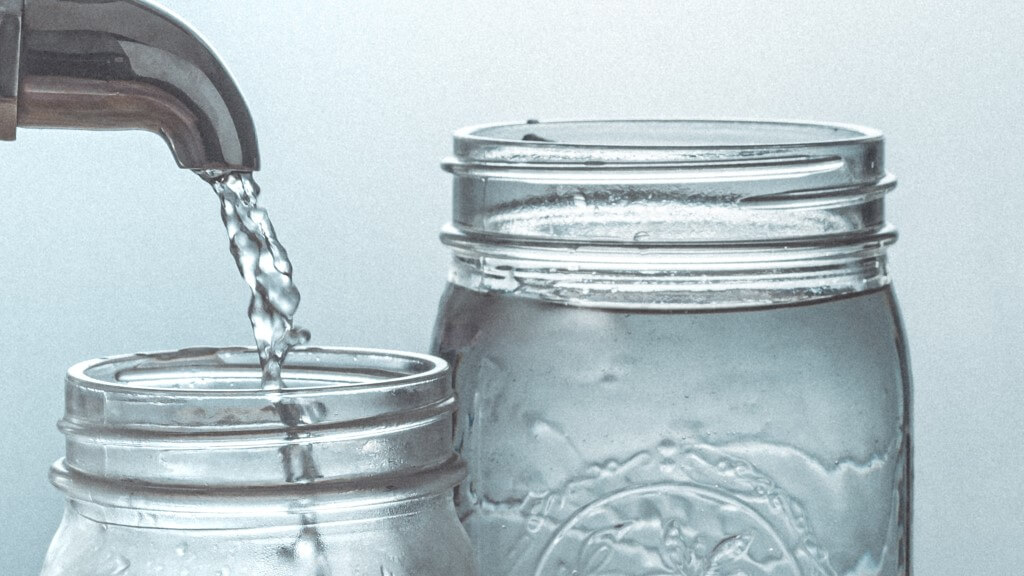A problem that exists worldwide is a lack of availability to clean water
that is safe to drink. Water contamination remains a concern in certain regions, despite America having one of
the most secure public water supplies worldwide. Depending on where you live, the water you drink may include
pollutants at levels high enough to be potentially unsafe.
PFAS Explained
Perfluoroalkyl substances, commonly known as PFAS, are man-made compounds
that are very stable and possess qualities that enable them to resist oil and water. The many types of PFAS each
have a unique length, and/or the characteristics at one end of the molecule are distinct from one another, both
of which might affect the toxicity of the substances.
PFAS are a group of widely used chemicals whose component elements degrade
pretty slowly. As a result of their extensive usage and the fact that they remain in the environment for long
periods, various PFAS have been found in the blood of humans and animals all over the globe. Additionally, low
levels of these chemicals can be detected in a range of food items and the environment.
How Can You Be Exposed to PFAS?
The following could lead to PFAS exposure:
Near industrial regions with frequent PFAS manufacturing, waste, or usage,
public water systems and drinking water wells, soil, and outdoor air.
Air or dust found within buildings that include carpets, textiles, or other
materials intended for consumer use that have been treated with PFAS to resistant strains.
Surface water or groundwater that has been contaminated by runoff or seepage
from regions where firefighting foam has been often utilized.
the consumption of fish caught in polluted bodies of water.
Items related to food that is sold in stores or packaging for foodstuffs
The Exposure Limits for PFAS in Drinking Water?
The United States Environmental Protection Agency and the Agency for Toxic
Substances and Disease Registry have developed predictions of the complete human consumption of PFOS and PFOA
that they feel will not result in any negative health effects.
The EPA and the ATSDR have included considerable safety margins to allow for
doubt, but the ATSDR's draft estimation is lower than the EPA's value. This is because the two organizations
came to different conclusions about forecasting human toxicity based on animal research.
The Environmental Protection Agency (EPA) has given guidelines to local and
state governments and public water suppliers about levels of PFOA and PFOS that could be potentially problematic
in drinking water and groundwater.
Risks of PFAS
Water, air, fish, and soil have all been found to contain PFAS in various
parts of the country. Scientific research has indicated that exposure to certain PFAS found in the environment
may be associated with negative health consequences in both people and animals.
There are hundreds of different PFAS compounds, and they may be discovered
in a wide variety of consumer goods, commercial items, and industrial goods. Because of this, conducting
research and determining the possible consequences to human health and the environment is difficult. Those
exposed to high levels of PFAS and particularly susceptible population groups like children and the elderly are
at the greatest risk of experiencing significant health effects. PFAS are substances that build up in the bodies
of animals and humans over the lifetime of an individual.
How to Deal with PFAS?
However, a number of measures can be taken to filter out these pollutants,
preventing them from having a negative impact on both your health and your home's plumbing system. These are the
following:
Get Your Water Tested
There are some states, territories, and regions that have guidelines. The
United States and the European Union administrations are looking at placing restrictions. However, there is
still a lot of work that needs to be done to understand the degree to which PFAS are found in the water sources
and where they are and why they are there. To determine whether or not you genuinely have an issue, you should
get your water tested.
Install a Water Filter
You may ensure that the water you drink is free of harmful contaminants by
putting a filter that fits under the sink in the kitchen. To maintain the high standard of water supplied via
the filtration process, the filters must be frequently changed.
Call Your Local Health Department or Water Authority
You may also want to examine the quality of water in your area. Many
organizations have PFAS action and response teams that can assist you in getting solutions to any queries you
may have about the water in your house.
Conclusion
Water is the most significant material that exists on our planet. It serves
a variety of roles necessary for life. It is essential to maintain a regular intake of hygienic and
contaminant-free water. It is in your best interest and the best interest of your family to get some kind of
water purification system. Ensure that your home's water supply is clean of any impurities by doing a full
inspection.



